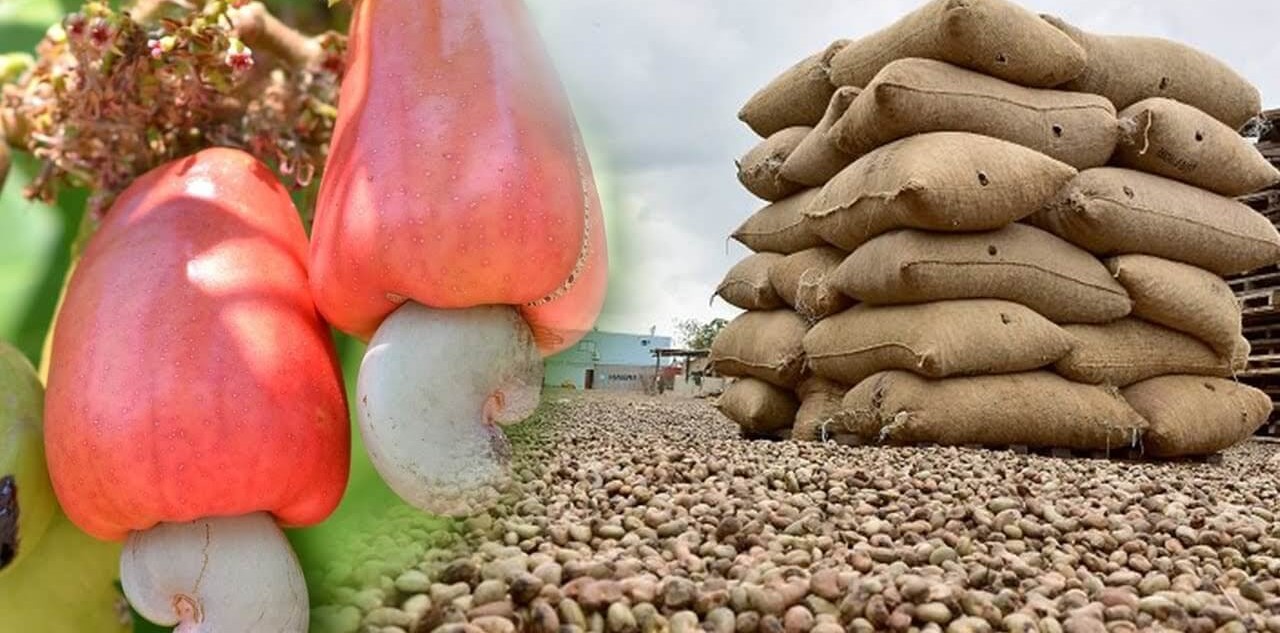(4 Minutes Read)
Tanzanian President Samia Suluhu Hassan and her Mozambique counterpart Filipe Nyusi have expressed the two countries’ determination to forge relations and agreed to form a union of African cashew producers to have a unified voice in the global market. The body anticipates to strengthen farmers’ bargaining power in the world market and to act as a business mouthpiece.
The experts were reacting to President Nyusi’s visit to the country which saw the two Heads of State discussing a number of issues including the establishment of the body to oversee cashew businesses in the world market. The two Heads of State forged collaboration for enhancing trade in agro-crops in the continent and worldwide at large.
The cashew nut’s body will enable farmers to trade their crops under observance of value of money. The continent’s cashew producers can also serve as the platform for discussion between farmers and manufacturers of agricultural inputs on matters pertaining to supplying of affordable fertilisers. Tanzania and Mozambique are the main producers of cashews in Africa which harvest in the same seasons and sell to a similar market in India.
It is pertinent that the two countries establish joint cashew processing industries for value addition and create jobs while catalysing the entire production chain. An integrated strategy to support the business ecosystem, said Dr Hildebrand Shayo a prominent Tanzanian economist. He further said that collective value addition can enable the two countries to have a competitive advantage in the market including the Africa Continental Free Trade Area (AfCFTA) which is critical for widening their revenue base.The government should continue fostering public-private partnerships to harness expertise and investment from the private sector.
In Tanzania, production of raw cashews is projected to increase from an annual average of 220,000 tonnes over the last ten years (2013/14-2022/23) to 1,000,000 tonnes per annum by 2030, with intermediate targets of 400,000 tonnes in 2023/24 and 700,000 tonnes by 2026/27. The country also aims to process 60 per cent of raw cashews in order to add value and broaden its market, as well as promotion of local consumption of cashew nuts and its by-products such as jam, juice, cashew milk, wine, ethanol and oil.
According to the Cashewnut Board of Tanzania (CBT), cashew production skyrocketed by 115,900 metric tonnes in the 2023/24 season, generating more earnings for farmers. The country’s cashew nut production stood at 305,014 metric tonnes in the 2023/24 season, up from 189,114 metric tonnes in the 2022–23 season. The rise was attributed to the provision of subsidised agriculture inputs, whose value doubled to 188.99bn/- in the 2023/24 season from 96.26bn/- recorded in the 2022/23 season, according to CBT’s primary assessment. As of March 2024, the crop generated 227.109 million US dollars (about 603bn/- ), up from 162.363 million US dollars (about 431bn/-) in the 2022/23) season. The volume produced in 2023/24 is the highest in five years, according to CBT.
Mozambique expects to produce 160,000 tonnes of cashew nuts in 2024, which is 1.5 per cent more than the 2023 estimate, despite climate effects, according to government information. According to documents supporting the Economic and Social Plan of the State Budget for 2024, the production comes from 9,734,000 cashew trees, from 188,983 producers, across the country. The document predicts that the increase in the production volume of cashew nuts will increase from around 157,496 tonnes to around 160,000 tonnes in 2024.
Read Also:
https://trendsnafrica.com/
https://trendsnafrica.com/
The cashew industry has a great potential to stimulate economies due to its global market potential, which was estimated at 7 billion US dollar in 2022 and is expected to further increase to 10.5 billion US dollar by 2031.





